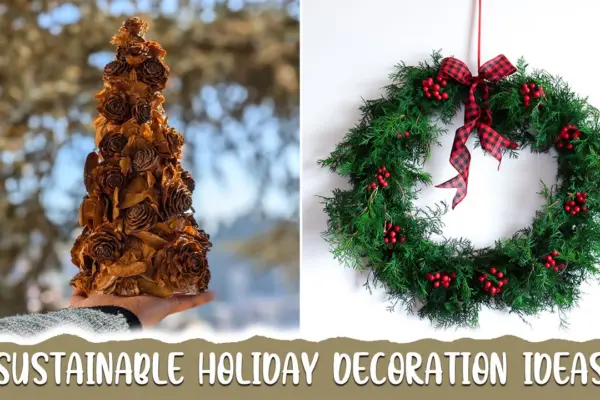Living Cocoon – Decomposable Coffin Made from Mushroom Mycelium
The world is brimming with new inventions and ideas. Recently, Delft University of Technology student-led start-up Loop has developed a decomposable coffin that is made from mushroom mycelium, called “Living Cocoon.” This peculiar coffin helps bodies decompose faster while enriching the surrounding soil simultaneously.
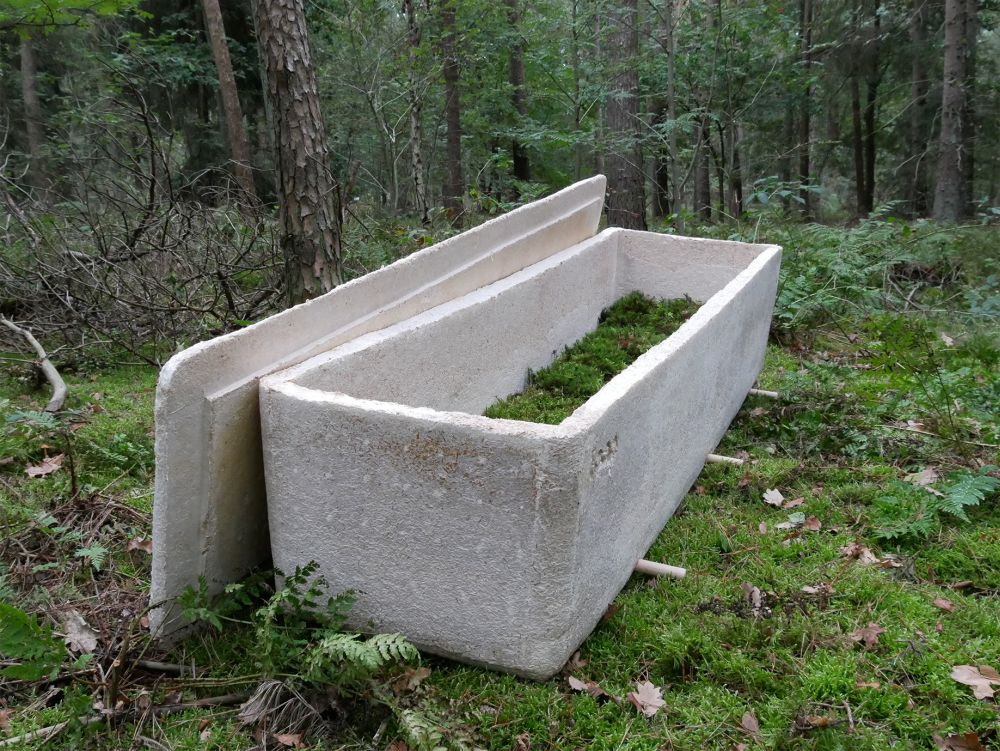
Image: Bob Hendrikx
Bob Hendrikx, who founded Loop, calls mycelium nature’s recycler. The researcher at UT Delft further adds,
It’s constantly looking for waste materials to convert into nutrients for the environment. It does the same with toxic substances, including oil, plastic and metal. For example, mycelium was used in Chernobyl, is utilised in Rotterdam to clean up soil and some farmers also apply it to make the land healthy again.
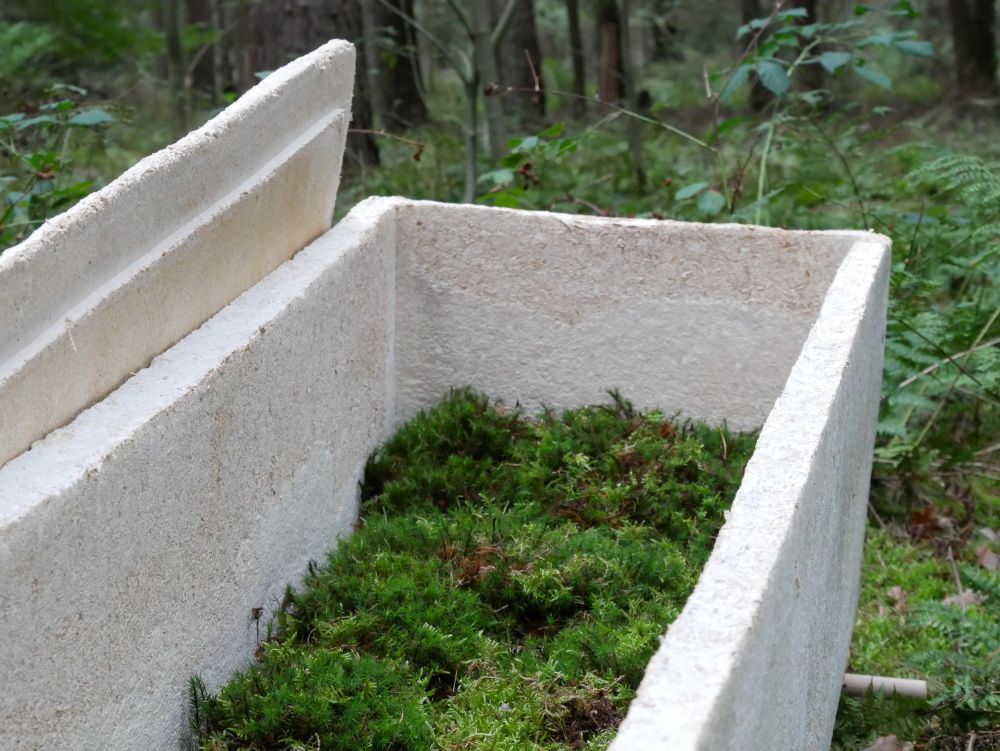
Image: Bob Hendrikx
Moreover, this invention is an environmentally-friendly alternative to the traditional wood and velvet-lined caskets that take over a decade to decompose in the earth and release toxins into the soil. Composed completely of mycelium – the thread-like part of the fungi that branches out underground to provide food to the rest of the organism – the Living Cocoon takes two to three years to decompose. The decomposed coffin then provides nutrition to the soil and neutralizes toxic substances.
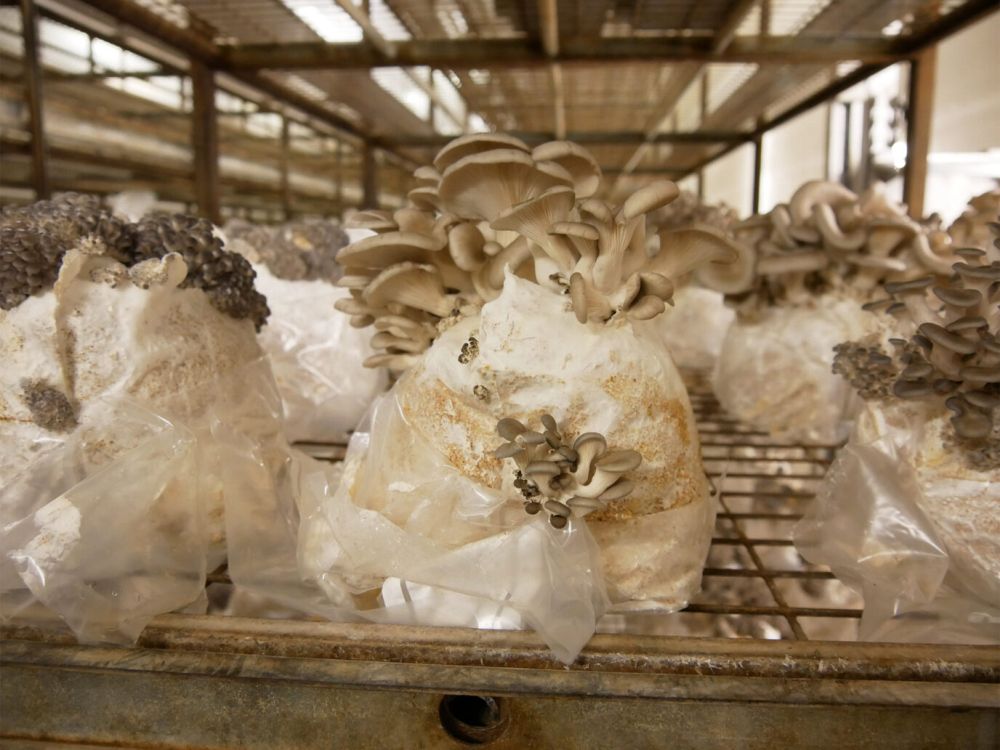
Image: Bob Hendrikx
Created without light, heat, or any kind of active energy source, the coffins are cultivated in one week by mixing a strain of mycelium and a substrate together and putting the mixture in a mold. Thereafter, the fungi absorb the other substance and takes the box-like form.
Also Read: Nebraska Student Builds Canoe Out of Mushroom Roots
Hendrikx had designed a similar living pod last year for Dutch Design Week, which ignited the idea to make a vessel from mycelium. He is presently working on implementing light-emitting spores, which could serve as an above-ground marker of where a body is buried.
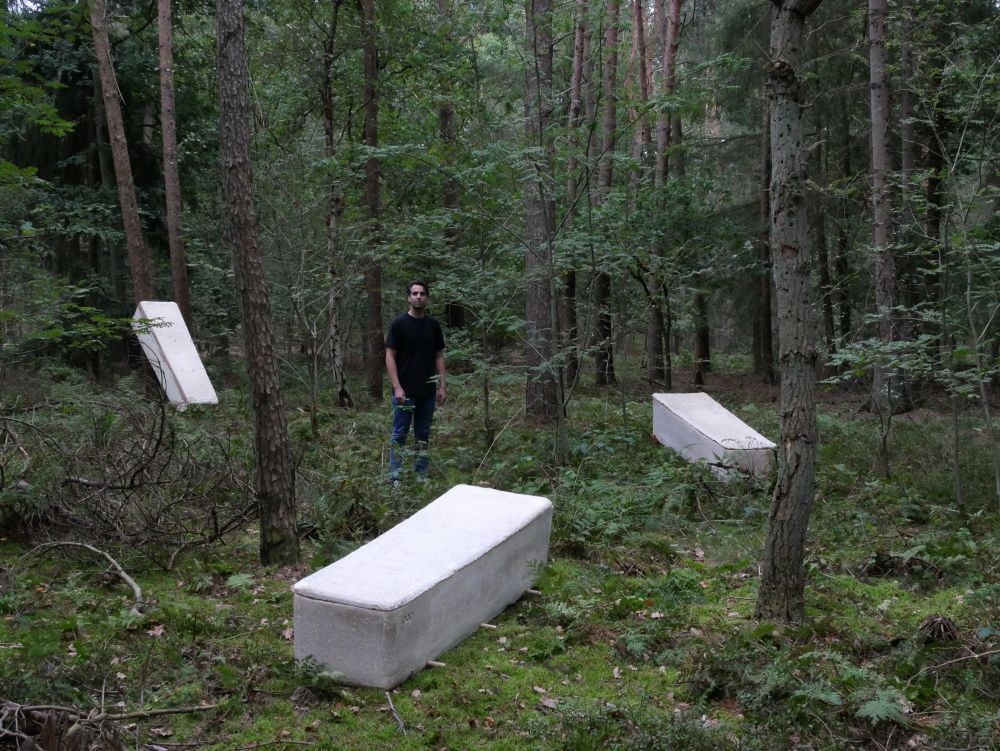
Image: Bob Hendrikx
The futuristic Loop Living Cocoon will be on display at the (Re)Design Death exhibition in the Cube Design Museum in Kerkrade from 21 September. The exhibition is revolving around the theme of saying goodbye, dying, mourning and remembrance and will be up until 24 January 2021.

